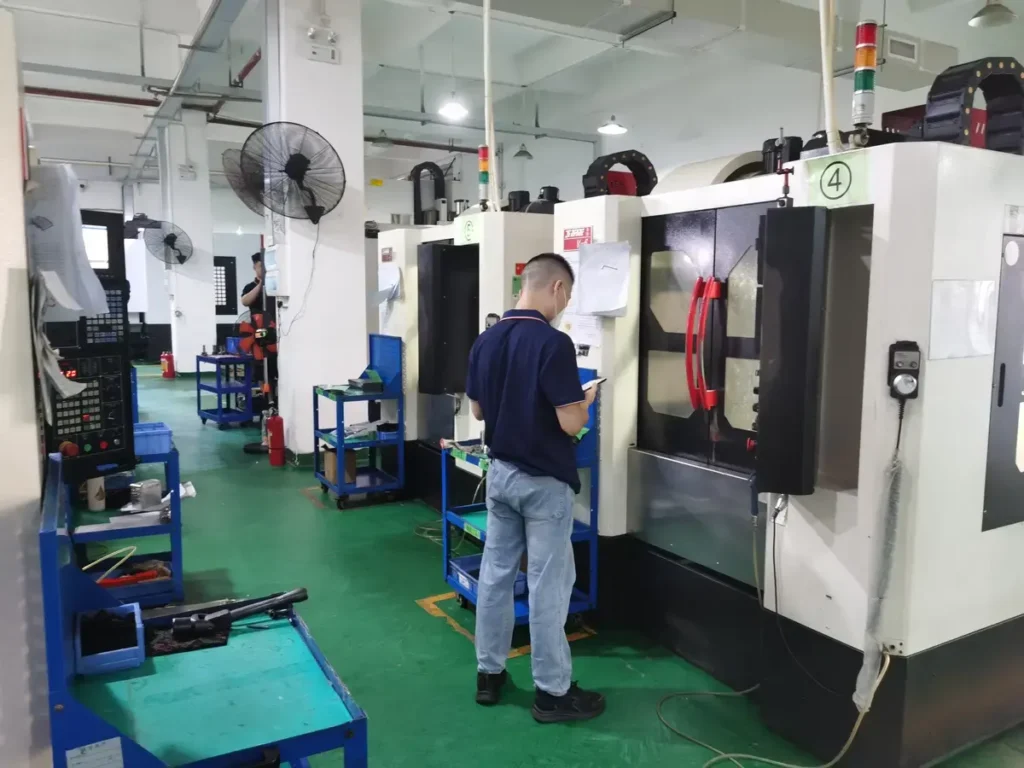
4-Axis CNC Machining
Building upon traditional 3-axis (X, Y, Z) machining, 4-axis CNC machining incorporates an additional rotary axis (typically the A-axis or B-axis). This enables multi-angle positioning and continuous rotational cutting for both tools and workpieces.
This technological advancement makes machining complex geometries more efficient and precise, establishing it as an ideal solution for aerospace, medical devices, automotive manufacturing, and high-precision mold applications.
Core Highlights of 4-Axis Machining
1. Multi-Angle Freedom in Machining
The additional rotary axis allows tools to approach workpieces from multiple directions, effortlessly completing complex operations like cylindrical surfaces, tapered holes, and curved grooves. This eliminates the need for repeated tool changes and setups, significantly boosting machining efficiency.
2. Reduced Fixturing, Enhanced Precision
Multi-surface machining in a single setup eliminates positioning errors, ensuring consistent geometric tolerances and dimensional accuracy—particularly suited for high-precision structural components.
3. Efficient Handling of Complex Parts
From turbine blades to intricate mold cavities, 4-axis machining achieves complex structures faster and more cost-effectively than traditional 3-axis systems.
4. Flexible adaptation for small-batch production
For diverse, low-volume customization demands, 4-axis machines support agile manufacturing through rapid programming and setup adjustments, reducing production costs.
Typical Application Fields
Aerospace: Machines complex curved components like engine blades and air intakes, meeting lightweight and high-strength requirements.
Medical Devices: Precisely manufactures orthopedic implants and surgical instruments, ensuring biocompatibility and functional accuracy.
Automotive Industry: Production of transmission components, turbocharger assemblies, and more to enhance power performance and durability.
Mold Manufacturing: Efficiently completes challenging cavity machining for deep-cavity molds, side-ejector structures, and other complex geometries.
